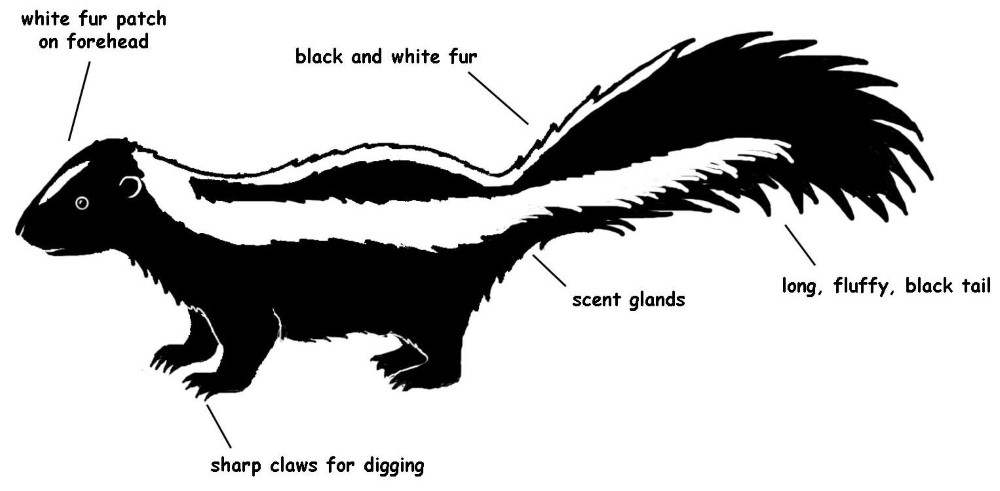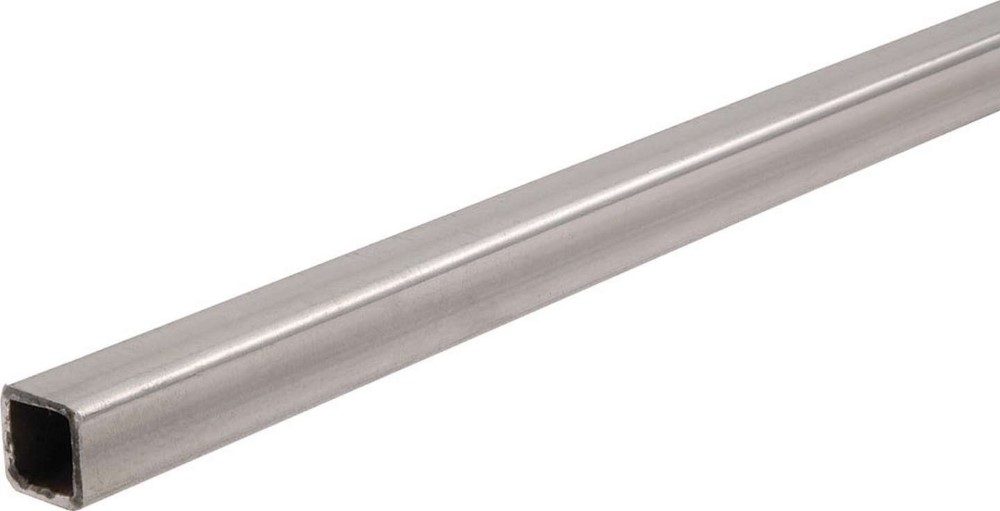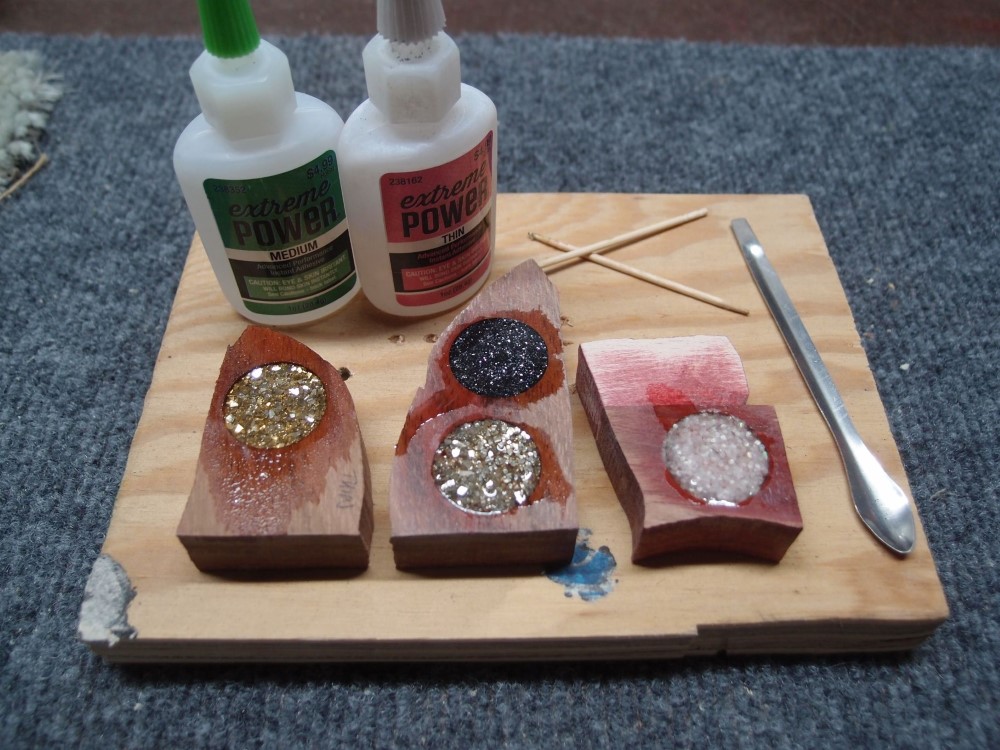Skunk Stripes

The skunk stripe is the walnut strip down the back of many 'classic' guitar necks. It is an indication of the type of truss rod within: A single steel bar in a curved channel. To create a perpendicular force, a truss rod needs two members: one in tension and one in compression. The skunk stripe rod uses the neck itself as the compression member. This was originated on a guitar neck and then extended to the bass. The problem is, a bass neck is much longer and less stiff than a guitar neck and is under much greater compression. The last thing you want to do is add more compression. Also, using two dissimilar materials for the two members inserts a host of issues, and using steel against wood, that's just hideous. The wonder of the skunk stripe is that most of the time you get away with it, despite how awful the design is. Of course, it is very cheap and easy to manufacture, in a factory setting.
A proper modern truss rod uses two steel members against each other. All the tension and compression forces are internal to the rod, the only force on the neck is the small perpendicular corrective force. No extra compression of the wood, no temperature and humidity effects, no monthly adjustments. Of course, people who stand to benefit from the defects of the skunk stripe will promote it: the manufacturers, who save a buck and then charge you extra for it, and guitar techs, who are only too happy to re-adjust your guitar when it regularly goes out of whack, for a fee.
There is nothing wrong with a properly designed single-action truss rod, in the proper application. That application is one where there is little to no likelihood of excessive back-bow. A 34" 20-fret bass neck fits this description, as does a 24 fret 30" neck, which is almost exactly the same physical length, although under much lower string tension. Anything shorter should have a double-acting rod, as there is a distinct possibility that the neck may need to be pushed forward, and if you can't correct that, it is firewood. Note that this includes all those expensive American-made Fender and Gibson guitars. As I said, most of the time you get away with it, but that doesn't make it good. There is no harm in having a double-acting truss rod even when there is no need for it.


Questions or Inquiries?
Just want to say Hello? Sign the .